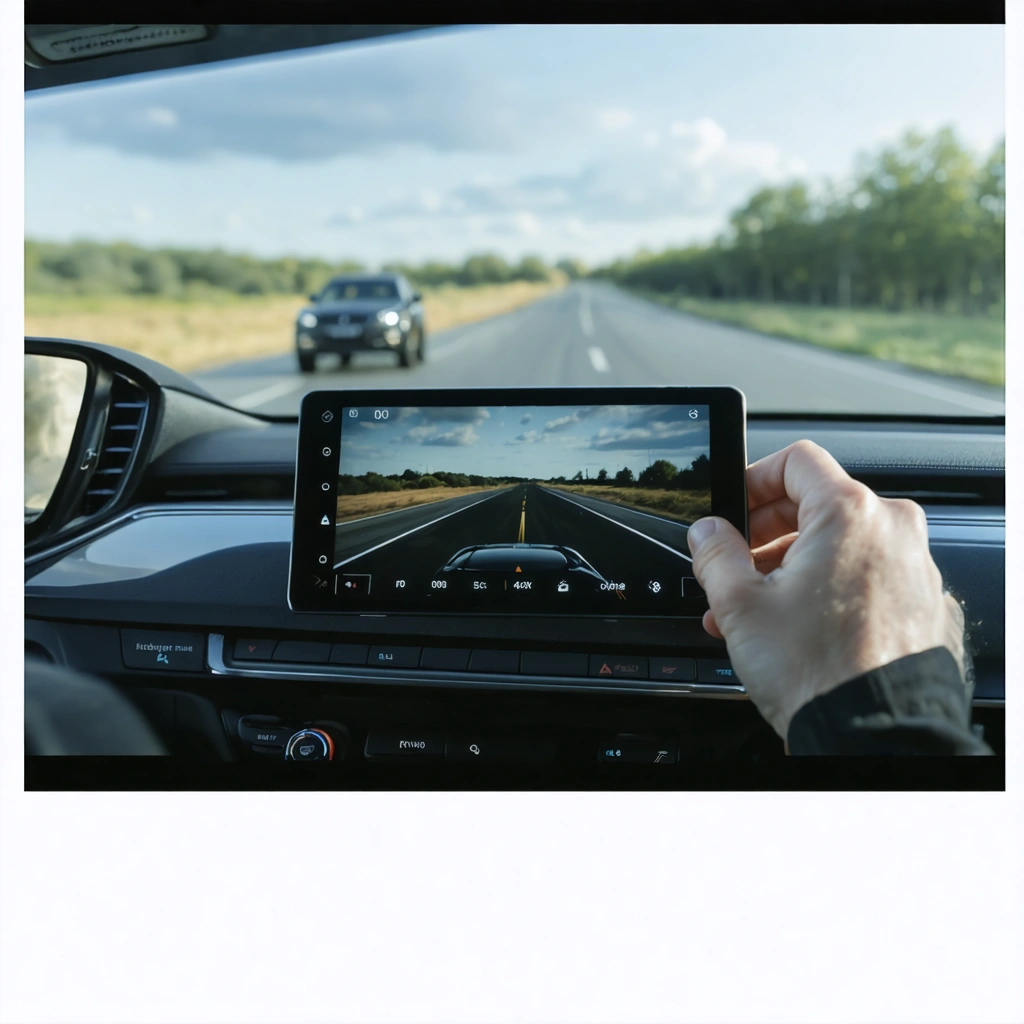
Introduction: Embracing a New Era in Automotive Controls
The automotive landscape is undergoing a significant transformation as industry giants, notably Volkswagen, shift their focus from touchscreen-dominated interfaces to tactile physical controls for vital functions. This strategic reinvention comes at a time when stringent safety regulations and a demand for instant, reliable responses in critical situations necessitate a return to traditional control mechanisms. Volkswagen’s pivot is not simply a reaction to evolving consumer preferences but also a proactive adaptation to new standards set by the European New Car Assessment Program (NCAP).
Regulatory Framework and Its Impact on Vehicle Safety
New European NCAP Guidelines
Recent changes initiated by the European NCAP mandate that key vehicular functions such as the horn, windshield wipers, turn signals, and emergency overrides must be operated through physical controls instead of touchscreen interfaces. These guidelines underline the inherent risks associated with digital controls in critical moments, considering factors such as delayed response times during high-stress scenarios and diminished tactile feedback.
Key regulatory changes include:
- Mandatory physical switches for essential safety functions.
- Improved ergonomic design requirements for control layouts.
- Enhanced durability tests to simulate real-life emergency situations.
- Integration of real-time feedback systems for improved driver awareness.
The transition reflects a broader industry consensus that despite the convenience of digital interfaces, physical controls provide superior reliability and confidence when driver response is critical.
Volkswagen’s Business Strategy and Rationale
Balancing Innovation with Safety
Volkswagen’s recent decision to abandon touchscreens for vital functions represents a calculated move to align technological innovation with uncompromised safety standards. The company’s approach combines advanced engineering practices with human factors research to ensure that every control is intuitive and accessible under diverse driving conditions.
This strategic shift has multiple dimensions:
- Safety Enhancement: By reverting to tactile controls, Volkswagen aims to reduce misinterpretation of digital commands during emergencies, ensuring that operations such as activating windshield wipers or the horn can be performed with precision and immediacy.
- User Experience Optimization: The improved physical interface supports intuitive design, thereby reducing the cognitive load on drivers and minimizing distractions.
- Market Leadership: With a solid reputation for reliability and safety, Volkswagen’s proactive measures reinforce its market leadership by setting new benchmarks for automotive control systems.
- Compliance and Future Proofing: Adapting to the new NCAP regulations not only ensures current regulatory compliance but also prepares the company for future developments that demand more robust control solutions.
Design Implications and Consumer Reception
Integrating Physical Controls into Modern Vehicle Architecture
Integrating physical controls into modern automotive designs presents both challenges and opportunities. Volkswagen’s design teams are working to harmonize the aesthetics of contemporary vehicle interiors with the practical need for physical buttons and switches. This involves:
- Reconfiguring central control panels to incorporate dedicated physical buttons.
- Ensuring that every tactile control is ergonomically placed for ease of access.
- Maintaining a visual balance between modern design elements and traditional control layouts.
A detailed table below summarizes the comparison between touchscreen and traditional physical controls in critical functions:
| Function | Touchscreen Control | Physical Control |
|---|---|---|
| Horn Activation | Digital button with delayed feedback | Instant tactile button |
| Windshield Wipers | Menu-driven speed options | Tactile lever with fixed speed positions |
| Turn Signals | Swiped graphic interface | Classic stalk control |
| Emergency Functions | Icon-based activation | Dedicated, easily identifiable switches |
Preliminary consumer feedback suggests that drivers appreciate the familiarity and reliability of physical controls, especially in situations where rapid decision-making is critical. Industry experts argue that this balance of modern design with proven traditional controls could well be the key to modernizing automotive safety without sacrificing user experience.
Future Outlook: The Evolution of Control Interfaces in Automobiles
Innovative Trends and Industry Competition
Volkswagen’s initiative points to a broader trend within the automotive industry—a return to foundational design principles that prioritize safety and usability over technological novelty. As competitors respond to similar regulatory pressures and consumer demands, the future may witness a dual approach where digital innovation and physical reliability coexist seamlessly.
Future trends to watch include:
- The development of hybrid interfaces that integrate both touchscreen and physical controls, giving drivers a choice based on situational awareness.
- Advances in sensor technology that enhance the responsiveness of physical buttons, ensuring that failures are minimized during worst-case scenarios.
- Continued evolution of driver-assistance systems that complement physical controls rather than replace them entirely.
Volkswagen’s strategic shift is emblematic of a wider industry acknowledgment that user safety and control reliability must remain at the forefront of automotive design innovation. By embracing this philosophy, companies can ensure that future products not only meet regulatory benchmarks but also excel in delivering unmatched user experiences.
Conclusion: Reinforcing Safety and Efficiency in Modern Vehicles
In conclusion, Volkswagen’s decision to limit the use of touchscreens for critical control functions demonstrates its commitment to enhancing driver safety and ensuring regulatory compliance. The strategic move supports a broader industry trend towards reintroducing physical controls and creating interfaces that combine modern convenience with practical reliability. By making these changes, Volkswagen reinforces its position as a pioneer in automotive innovation, setting standards that could drive future developments across the industry.




